
MDRS differentiates the API from the product matrix and enables measurement of particle size and shape.

MDRS differentiates the API from the product matrix and enables measurement of particle size and shape.
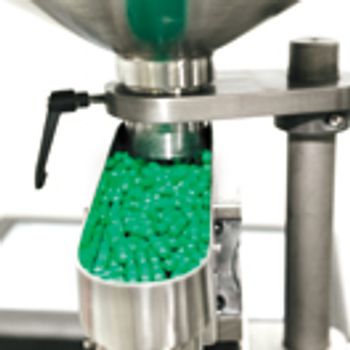
A venture between GEA and Siemens aims to familiarize more pharmaceutical companies with more modern control and continuous processing.
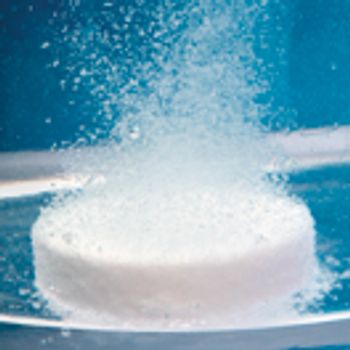
Solid dispersions based on organic polymers can have stability issues. Inorganic solids, especially those based on silica chemistry, may be suitable alternatives to organic polymers due to their pre-formed pore system, high absorptivity, and commercial availability in pharmaceutical quality. Mesoporous granulated colloidal silicon dioxide has been studied with class II and IV actives of the Biopharmaceutics Classification System for its ability to improve dissolution. Using suitable formulation strategies, the dissolution of these APIs could be significantly increased. The absorption of poorly soluble APIs onto silicon dioxide can, therefore, be considered a viable formulation path to overcome solubility challenges.

RSSL has added new equipment for measuring the surface area of powder particles, which is important for determining the performance of excipients and APIs.

This article looks at five of the most common hurdles in packaging and labelling artwork and how to avoid them.
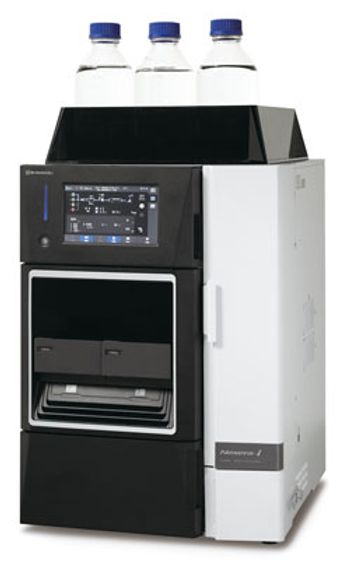

Schreiner MediPharm’s multi-functional booklet-label combines several digital security features with an integrated first-opening seal.
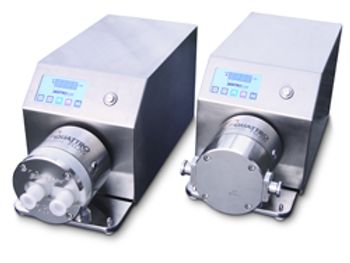
QF20kSU single-use pumps from Quattroflow are used for applications requiring gentle product handling, high containment, low pulsation, purity, and cleanability.

Herma’s 152E Wraparound Bottle Labeler eases integration of print and vision systems.

PSL’s GFD benchtop nutsche filter dryer combines filtration, solids isolation, cake washing, and vacuum drying in one step.

The European Medicines Agency met with European and African regulators to discuss how to improve the availability of safe and effective drugs beyond Europe.
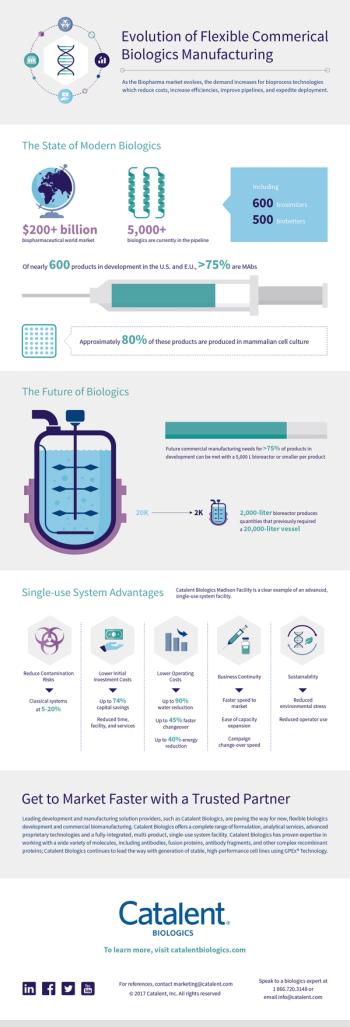

The agency cited Morton Grove Pharmaceuticals for inadequate quality control procedures.

The innovations-oriented Think Tank combines academic-scientific and technical expertise to use Shimadzu’s expertise to provide even more customer-focused service.

A survey on risk-based predictive stability tools reveals how pharma companies are leveraging advanced stability approaches throughout the drug development process.
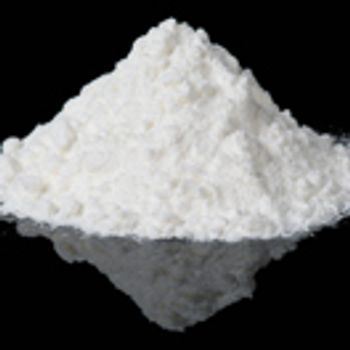
This study investigated the stability of solid lactose stored under high temperature and humidity conditions.

Although best practices are key, advances in integrated informatics platforms and automation can make it easier to ensure data integrity and improve overall lab efficiency.

The article reviews strategies for firms with or without existing in-house capacities and the pros and cons for outsourcing bio/pharmaceutical development and manufacturing.

This article reviews experiences with the outcome of in-house audits, audits by third parties, and purchased audit reports.

Having an effective and granular data management process in place will enable companies to meet the requirements of IDMP as well as help usher in a new age of digital-based identification, in which organizations can easily share data across borders.

The companies have developed a Level 4 traceability solution to manage pharmaceutical regulatory requirements.

SGS expands its elemental impurity testing services at its laboratory in Villeneuve-la-Garenne, France.

Improved process analytical technology and new ways of thinking seek to enhance measurement and control for next-generation pharmaceutical manufacturing.


Soft sensors are powerful tools that can be used along with spectroscopic instruments in on-line measurement.